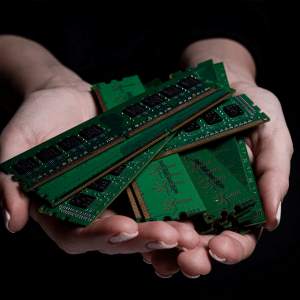With options such as digital composition tools and collaborative online platforms, there is much to gain through the tech move. With more technological advancements being expected in the future, more perks will follow. This article focuses on five benefits of incorporating technology in the music education space.
Enhanced Learning and Practice Tools
Many applications and software are engineered to help students foster their musical skills. Some of the top ones include digital metronomes, tuners, and sheet music readers. The availability of interactive platforms like music theory apps facilitates personalized lessons that make learning exciting and at each student’s pace. Whether it is complex musical concepts or the practice of scales, students are generally ensured to do this in a structured yet flexible environment with these resources.
Increased Accessibility to Music Resources
Online platforms make thousands of music lessons, tutorials, and even sheet music available to students so that no student worldwide has to compromise on suboptimal resources for learning. This enables students to explore various musical genres and instruments easily and conveniently, regardless of geographical barriers.
With technology, students with disabilities can learn more effectively. For example, visual impairment cases have special software that can assist them in learning. These tools give every student an opportunity to engage in music education regardless of their physical ability.

Improved Organization for Educators
There are many benefits of being organized as a teacher, such as ensuring programs are completed on time, versatility in training, and peace of mind. As you look for a music teacher class scheduler, aim for software that will make it easy for you to organize lessons, track student progress, and easily manage schedules. You will have ample time to attend to the needs of your students rather than busy yourself with administrative work.
Technology in education also streamlines lesson planning information and details about students. Websites that allow cloud storage enable educators to upload and share lesson materials; this allows better communication between instructors and students.
Fostering Creativity with Digital Composition Tools
Sound music composition is vital in music, and fortunately, tools are available to simplify things for learners. With digital composition tools such as GarageBand, Ableton Live, and Noteflight, students get an open creative space to stretch their limits. Creating, arranging, and producing music using digital instruments and sound libraries is possible.

These platforms enable learners to explore various musical genres and experiment with diverse sounds. Democratization through digital tools means that the process of composition is available to both the beginner and the professional alike.
Collaborative Learning Through Online Platforms
The video conferencing facilities allow students to attend lessons remotely and participate in group projects with other students from other parts of the world. Using such a global linkage at large, they would remain interlinked and be given a potential platform to share musical experiences as part of their learning process amidst diverse perspectives.
The online platforms also provide instant feedback from teachers. Students can send recordings of their performance online and expect constructive criticism in real-time. This gives room for timely guidance, hence continuous improvement.

Investment in technology holds the secret of bringing music education to another level. These modern tools make class management much easier, improving learning. Embracing technology opens up new possibilities and enhances the overall learning experience.







